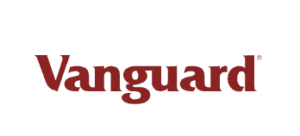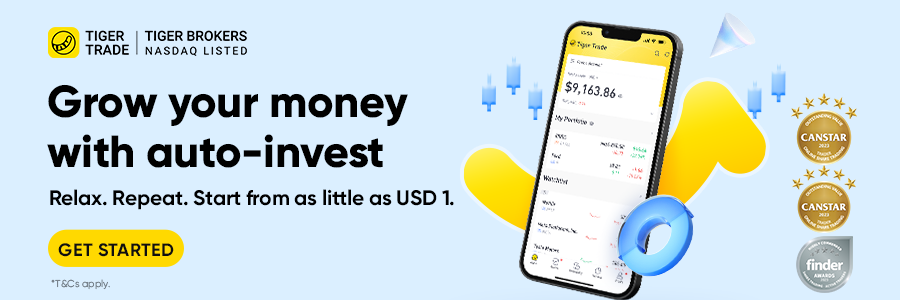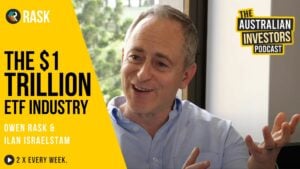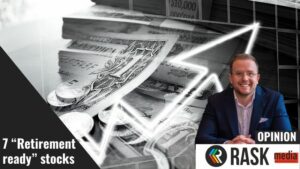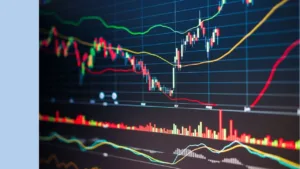The Vanguard Australian Shares Index ETF (ASX: VAS) is Australia’s largest ETF — and by a very long way. With $11 billion of investments in the VAS ETF as of July 2022, the next closest index fund ETF is iShares S&P 500 ETF (ASX: IVV) with $5 billion. That’s a huge difference considering there are over 200 ETFs in Australia.
VAS is unique
The Vanguard Australian Shares ETF is simple but unique — it buys and holds the top 300 shares on the Australian stock exchange, ranked by size/market capitalisation. VAS tracks the S&P/ASX 300 index, making it relatively unique amongst its peers.
Vanguard is the issuer of the VAS ETF and has decades of experience providing similar types of ETFs and index funds. Other big ETFs provided by Vanguard include Vanguard MSCI International Shares ETF (ASX: VGS) and Vanguard Total US Market Shares ETF (ASX: VTS).
Alternatives
The key alternative Australian shares ETFs to VAS are as follows:
- BetaShares Australia 200 ETF (ASX: A200) – follows a Solative index that tracks the largest 200 shares. Given its market-capitalisation weighted, it’s nearly an identical portfolio to VAS. A200’s fees are slightly lower, at 0.07% per year, but VAS’ are falling over time and are broadly comparable (0.1%).
- iShares S&P/ASX 200 ETF (ASX: IOZ) – follows the S&P/ASX 200 index, so Australia’s top 200 shares. Like Betashares it’s a portfolio that’s very similar to VAS, though VAS includes an extra 100 securities in the mid-cap space, giving it a little more volatility than IOZ but, potentially, slightly more performance over time. With a fee load of 0.09%, it has nearly identical fees to VAS.
- SPDR S&P/ASX 200 ETF (ASX: STW) – virtually the same portfolio as IOZ and A200, and one of Australia’s longest-running ETFs. With a fee of 0.13% per year, it’s slightly more expensive than VAS.
- VanEck Australian Equal Weight ETF (ASX: MVW) – this ETF from VanEck invests in around 100 shares and rebalances so they are ‘equally weighted’ (around 1% holdings). This means it ‘trades’ the portfolio more than VAS (which uses a market cap weighted weighting methodology) to rebalance. It also means MVW portfolio is less diversified by securities. It also turns out to be broadly the same as VAS in terms of sector weightings.
- Vanguard High Yield Australian Shares ETF (ASX: VHY) – this Vanguard ETF targets Australian shares that pay dividends and ends up with a portfolio between 65 and 80 securities (typically). The VHY portfolio is more concentrated and focused on dividend income than VAS, which means it may suit investors in retirement or those looking to produce a higher level of passive income in their portfolio.
How VAS can be used
The VAS ETF can be used by investors to get exposure to Australian shares/equities, with a tiny cost per year (0.1%). Basically, buying VAS is like ‘owning the market’ for next to nothing. This is one reason why VAS has proven to be so popular.
Given VAS’ unique focus on the top 300 Australian shares, as opposed to the top 200 followed by most competing ETFs, VAS captures some exposure to the small and medium-sized companies on the ASX. That is, the companies ranked between 200 and 300 in size.
With low costs, diversification, dividend income and franking credits, it’s easy to see why VAS is the most popular ‘Core’ ETF in Australia.
It should be noted that if you own similar ETFs, such as A200, STW, IOZ or MVW, you’re going to have a lot of ‘overlap’ in your portfolio if you own more than one of these ETFs.
VAS ETF holdings
- BHP Group Ltd
- Commonwealth Bank of Australia
- CSL Ltd
- National Australia Bank Ltd
- Westpac Banking Corp
- Australia & New Zealand Banking Group Ltd
- Woodside Energy Group Ltd
- Macquarie Group Ltd
- Wesfarmers Ltd
- Telstra Corp. Ltd
Risk level
If you’re comparing VAS to other index fund shares ETFs, its risk level should be relatively the same.
However, compared to bond ETFs, VAS will be riskier (volatile).
Compared to sector-specific ETFs or thematic ETFs (e.g. ACDC, CLNE. HACK, etc.) VAS should be slightly less risky over a full market cycle given it’s diversified across sectors and company types.
Given it is an Australian shares ETF, investors should consider VAS as part of the ‘risk on’ side of a portfolio and seek to hold the ETF for a minimum of 7 years to ensure the portfolio is given time to produce results in most market environments.
Does VAS pay franking credits?
Yes. VAS will pay or ‘pass through’ the franking credits it receives from its holdings. If you’re especially focused on fully franked dividend income you might try something like the VHY ETF (also from Vanguard) as either a complement or replacement to VAS.
***
Cheers!
Owen Raszkiewicz
Founder of Best ETFs Australia, lead analyst of Rask Core
